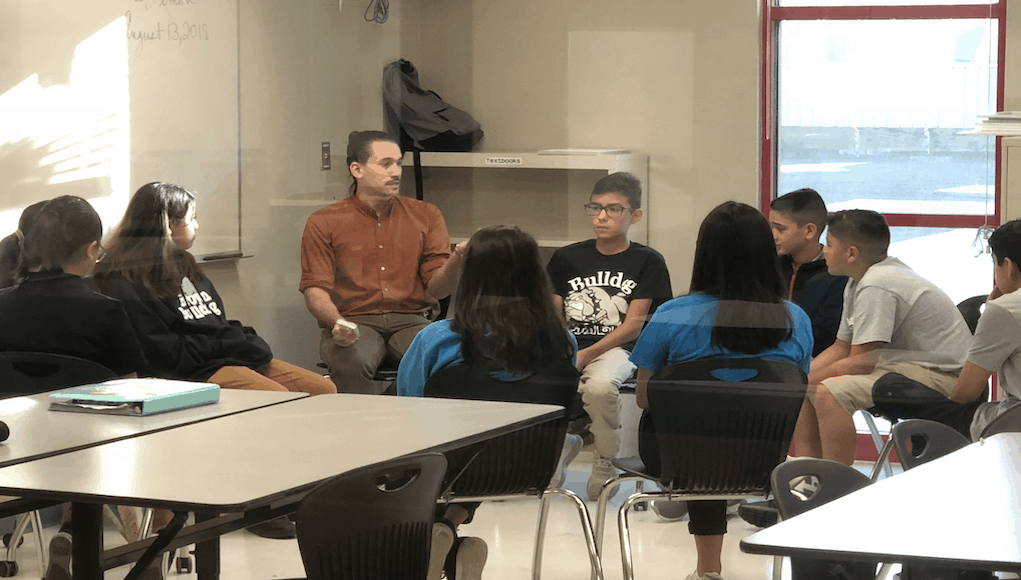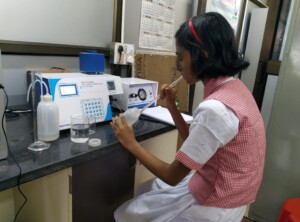Guidance Gap: The Biggest Challenge We Face and How to Close It

The job market is changing fast–the pandemic accelerated trends. New jobs are being created, old jobs disappeared (temporarily or permanently). Formal and informal learning options are expanding. Faster and cheaper alternatives to traditional higher education are gaining traction.
With more career pathways and more learning options, guidance is more important than ever. Young people that have access to informed guidance and an opportunity to test out a variety of career pathways through work-based learning have a big leg up. In fact, the guidance gap may be a bigger barrier to more young people achieving success in life than the achievement gap.
Every learner should know how they’re doing, what’s next and where they are headed. Every learner deserves an advisor that can answer the same questions.
Sustained advisory relationships are the key to closing the guidance gap. While the human touch will be key for the foreseeable future, advisors and smart systems come together in advisory systems that monitor academic and social development and provide career advice. They should be the spine of any secondary and postsecondary school design. These distributed counseling models ensure that every learner feels known, respected, supported, and informed.
There are seven core advisory functions that are increasingly augmented services:
- Progress monitoring: Weekly monitoring against a graduate profile of academic and success skills development; goal setting and decision making on next steps.
- Supports: Connections to youth and family services for academic and life support. Chatbots from AdmitHub are responding to college students and making institutions more responsive.
- Careers: Support for career awareness and work-based learning experiences that support deeper exploration. YouScience helps learners identify aptitudes and interests. World of Work and Roadtrip Nation introduced career options. Imblaze from Big Piciture helps identify and manage work-based learning opportunities.
- College: Support postsecondary education awareness, preparation and application. Naviance helps learners manage the process. College Track supports the process in a dozen communities.
- Life skills: Learning financial literacy, digital citizenship, study skills and project management.
- Health: Promote health, fitness and wellness; track progress, recommend growth experiences that could range from a health nudge (like “get up and move”) to a badged fitness experience to virtual health coaching to a health-focused degree pathway.
- Profiles: Learners and advisors will develop comprehensive profiles and portfolios that recommend next steps or unlock opportunities. Blockchain startup Greenlight Credentials unlocks work-based and postsecondary opportunities for North Texas learners with comprehensive digital transcripts.
In all seven of these functions, learners and advisors will be informed by background monitoring and smart recommendations.
There are seven advisory functions that are important human services:
- Culture: Discussion of shared values and support for student-led initiatives that develop and grow a positive school culture. Across the DSST network, morning meetings and advisory periods are focused on developing shared values.
- Success skills: Supporting social and emotional development with learning experiences and feedback in self awareness and management, relationship development and collaboration. Valor’s Compass model puts relationship skills at the heart of middle and high school learning.
- Mindset: Support the development of entrepreneurial mindset, including growth, team and maker elements through open-ended challenges. The 50 engineering schools in the Kern Entrepreneurial Engineering Network (KEEN) focus on curiosity, connections, and creating value.
- Peer mentoring: Foster peer learning and team-building experiences. Like Acton Academy, this could include high school students supporting goal setting for middle school students. Like Crew at EL schools, adivsory group members support each other.
- Integration: Facilitate cross-curricular project-based learning. Tools like Empower Learning and Headrush help teams collaborate on valuable projects and track valuable competencies.
- Exhibitions: Prepare for student-led conferences and community exhibitions that encourage quality work and student agency. One Stone students curate and present a portfolio of evidence around their outcome framework and in support of a mastery transcript.
- Place: Involve community partners as guest speakers and project mentors. Facilitate place-based learning experiences.
The dynamic employment market and expanding array of high school and postsecondary learning options make advisory systems mission-critical.
There is a global market opportunity for products and services that support advisory services (in and out of school) that offer early warning systems, smart recommendations, links to career exploration and career-ready skill development. Advisory will soon be the best and most important example of services augmented by smart tools.
Stay in-the-know with innovations in learning by signing up for the weekly Smart Update.







0 Comments
Leave a Comment
Your email address will not be published. All fields are required.